THE SPENCERS OF ALTHORP
The Spencers were sheep farmers in pre-Tudor times, coming to prominence in the fifteenth century. They settled in Warwickshire, building their main residence there, in Wormleighton. They rented the land at Althorp before building the house here in 1508. Clever business dealings and marriage into the peerage increased the family’s status.
Robert, first Baron Spencer (1570-1627), is the first fully-rounded Spencer figure to emerge from history, becoming one of the richest men in the land. He met James I as the Royal Court travelled down from Scotland in 1603, accompanying it on to London.

Portrait of King James I (1566-1625), half-length, wearing the chain of the Order of the Garter, after John De Critz (1551–1642). In the Spencer Gallery at Althorp House.
His son William, the Second Baron Spencer, devoted himself to country life, building a racecourse at Althorp. He married Penelope, the daughter of the Shakespeare’s patron, the Earl of Southampton. Their son Henry attended Oxford, married Dorothy Sidney and joined her parents in Paris. On his return, after the outbreak of the English Civil War, he reluctantly sided with the Royalists. He was created Earl of Sunderland in June 1643. Three months later he was killed at the first battle of Newbury.
His heir, Robert, Second Earl of Sunderland, became one of the most notorious politicians of his day. Contemporaries and historians alike have singled him out for his heartlessness and lack of scruple. Sunderland managed to serve as Secretary of State to two monarchs, and as Lord Chamberlain to a third. Despite his slipperiness – or perhaps because of it – he managed to make himself an indispensable adviser to the Crown. His reputation often overlooks his taste for art, nourished during his time spent as ambassador to various European states. He greatly enriched the collection at Althorp.
Charles, Third Earl of Sunderland, was described by the diarist John Evelyn as a ‘youth of extraordinary hopes, very learned for his age’. He was briefly Foreign Secretary, but his post owed much to his membership of the ruling Junta and to the influence of his mother-in-law, the Duchess of Marlborough, who was the Queen’s confidante. He continued as Secretary of State and Lord President of the Council, under George I. Charles inherited a love of collecting, though his passion was for books, not pictures. By the time of his sudden death in 1722, he had built up an exquisite library.
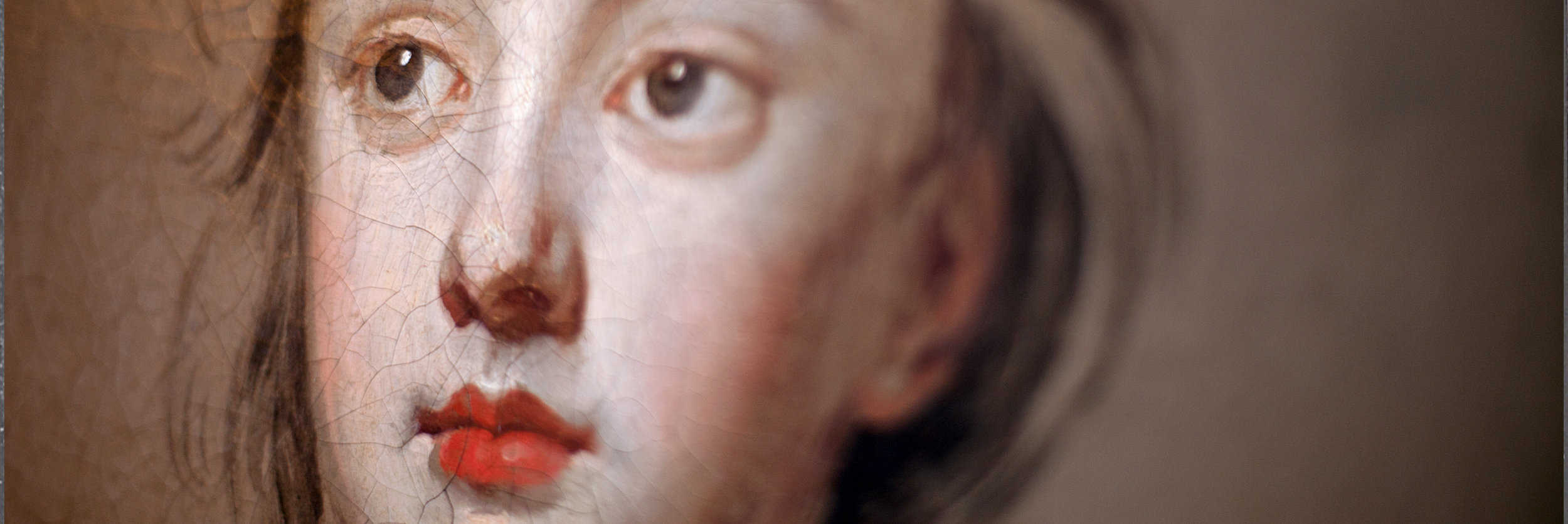
Portrait of Sarah Jennings, Duchess of Marlborough (1660-1744), by Sir Godfrey Kneller, in the Library at Althorp House.
Charles’ celebrated father-in-law, the First Duke of Marlborough, died without a male heir. The Marlborough title ended up going to his eldest surviving Spencer grandson, who moved to Blenheim Palace. The next grandson, the Hon. John Spencer, received the Spencer inheritance, including Althorp. Greater fortune awaited him, however. As the favourite grandson of Sarah Jennings, the dowager Duchess of Marlborough, the Hon. John was bequeathed all her personal property. This included two dozen landed estates. He died in 1746, just two years after his 84-year-old grandmother, leaving his 12-year old son (also named John) to inherit.
This John Spencer had a character partly shaped by his enviable burden. ‘I believe he was a man of generous and amiable disposition’, his grandson wrote of him, ‘spoiled by having been placed at too early a period of his life, in the possession of what then appeared to him inexhaustible wealth, and irritable in his temper partly from the pride which this circumstance had produced, and partly from almost continual ill-health’. Flawed he may have been, but he used his wealth to become one of the leading artistic patrons of the era. He built the fabulous Spencer House in London, and commissioned Sir Joshua Reynolds to paint a succession of Spencer family portraits. In 1761, he was created Baron and Viscount Spencer, and four years later John became the First Earl Spencer.
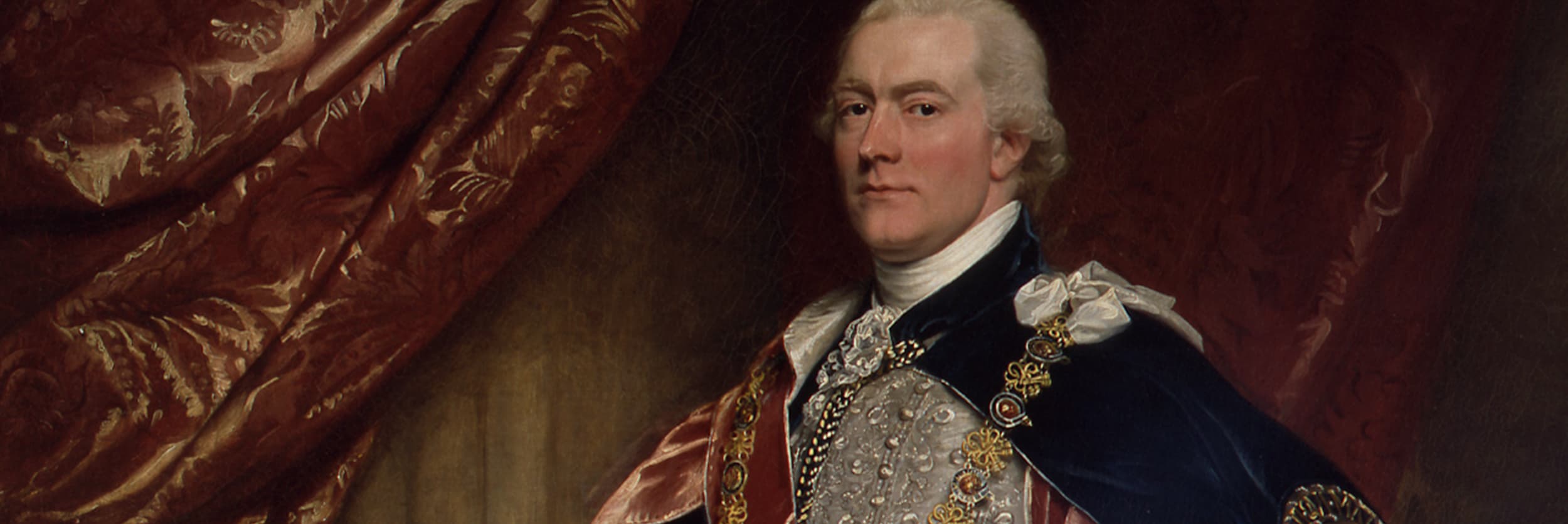
Portrait of George John, 2nd Earl Spencer, K.G. (1758-1834), by John Singleton Copley, in the Spencer Gallery at Althorp House.
His son, George John, became the Second Earl Spencer in 1783. A mild-mannered scholarly man, George John was eclipsed socially by his overbearing wife, Lady Lavinia Bingham, and he was no match for his glamorous sister Georgiana, Duchess of Devonshire. Nonetheless, his separate achievements stand out. He was responsible for the architect Henry Holland’s overhaul of Althorp, and inside, his obsession with collecting books led to the creation of one of the greatest private libraries in the world. Among his collection of 43,000 first editions were 58 Caxton Bibles, Shakespeare folios, and Gutenburg bibles. From 1794 to 1801 he was First Lord of the Admiralty, and was one of Horatio Nelson’s key patrons, promoting him from relative obscurity to high command. Another to enjoy his patronage was Marc Isambard Brunel.

Portrait of Georgiana, Duchess of Devonshire (1757-1806), Henrietta, Countess of Bessborough (1761-1821), and George John, 2nd Earl Spencer (1758-1834), in a landscape by Angelica Kauffman. In the Library at Althorp House.
Meanwhile his son John Charles, Viscount Althorp, entered Parliament. There he joined a set called the Young Whigs. Rich, titled, and fox-hunters to a man, this group was opposed to corruption and in favour of broad social reform. Althorp had little ambition, but in 1830 he found himself leader of the Whigs in the Commons, and afterwards Chancellor of the Exchequer. He fought against slavery, and secured the vote for the middle classes by piloting the Reform Bill through Parliament. After his father’s death, he took his seat in the House of Lords. Thereafter he dedicated himself to farming, and the raising of prize herds of cattle. A co-founder of the Royal Agricultural Society and the Agricultural College at Cirencester, he was at the forefront of scientific improvement in farming.
“Queen Victoria believed him to have the finest legs in England.”
— Charles Spencer on Frederick, Fourth Earl Spencer
His brother Frederick was an admiral, MP and courtier. Queen Victoria believed him to have the finest legs in England. He now became the Fourth Earl Spencer. He added some fine porcelain to the existing collection.
With his death in 1857, his son, John Poyntz, the Fifth Earl Spencer, then resumed the twin family preoccupations of field sports and politics. In a career which spanned the Victorian era, he was twice Lord Lieutenant of Ireland, Lord President of the Council, and First Lord of the Admiralty. A friend as well as an appointee of Gladstone, he identified with Liberal aims and was an early supporter of Irish Home Rule.
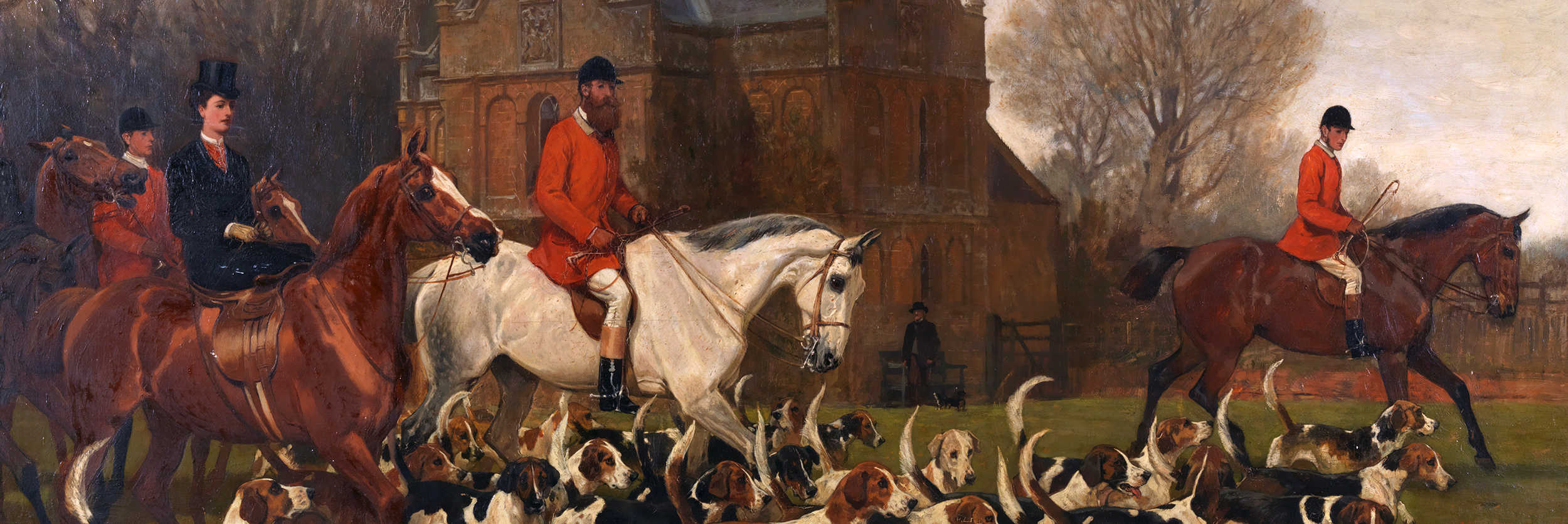
Setting out: Will Goodall on ‘Bay Colonel’, with hounds, the Empress of Austria, the 5th Earl Spencer (1706-1744) and friends by John Charlton.
At home he was a keen huntsman, readily identifiable on horseback as the ‘Red Earl’ by his flowing beard. He often rode out with the Empress of Austria, a frequent guest at Althorp. With his wife, the beautiful Charlotte Seymour, dubbed ‘Spencer’s Faery Queen’, he travelled widely, with a round-the-world trip in 1895. The ‘Red Earl’ has the dubious distinction of reputedly having introduced barbed wire to England.
His half-brother, “Bobby”, Sixth Earl Spencer, was the youngest Member of the House of Commons before becoming Lord Chamberlain to King Edward VII. He was a dandy, and – for the last sixteen years of his life – a distraught widower, having lost his beloved wife Margaret during the birth of their sixth child.
Althorp was to receive perhaps more attention than at any time during its tenure by the scholarly Seventh Earl Spencer – who had been wounded during the First World War. He dedicated himself to the house’s upkeep, cataloguing its contents, and opening it to scholars.
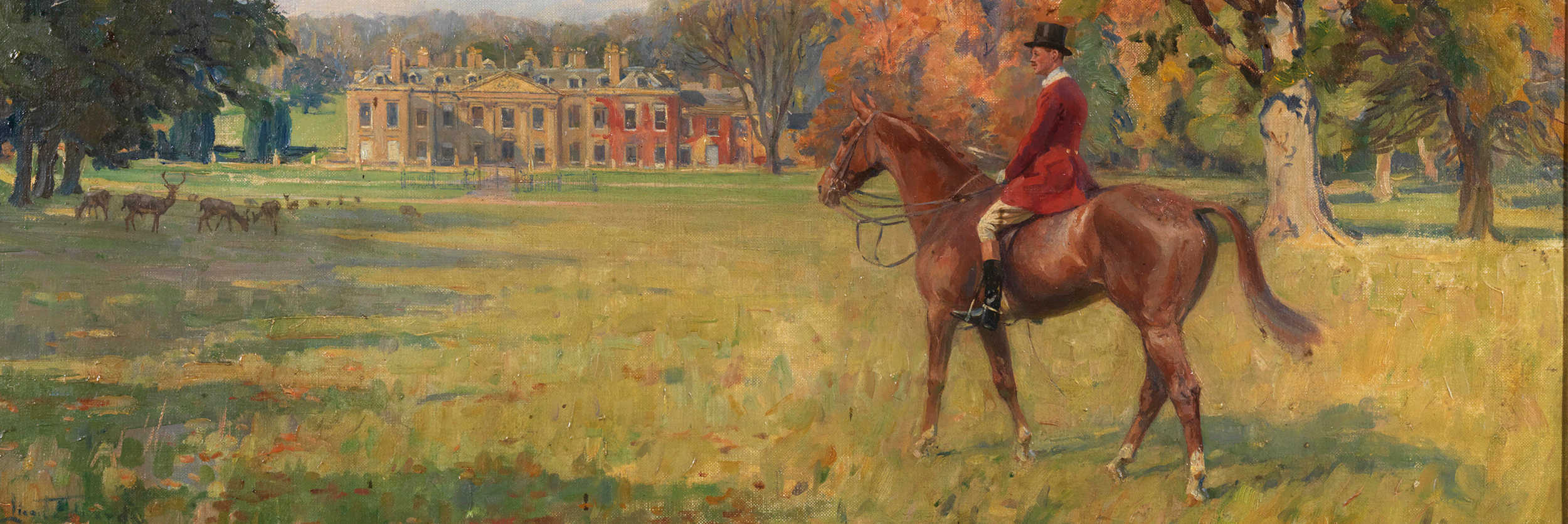
The Seventh Earl Spencer with his horse ‘Miss Magtart’ in the Deer Park, November 1929 by Lionel Dalhousie Robertson Edwards.
The Eighth Earl Spencer landed in Normandy in the D-Day invasion, when he was Mentioned in Despatches. An Equerry to George VI and to the Queen, he was later chairman of the National Association of Boys’ Clubs, and a member of Northamptonshire County Council for 29 years.
Johnnie Spencer is fondly remembered above all for his ready wit and unaffected manner. He also won the hearts of the nation when he escorted his youngest daughter, Diana, up the aisle of St Paul’s in 198I, during her wedding to the Prince of Wales, despite having only recently recovered from a severe stroke.
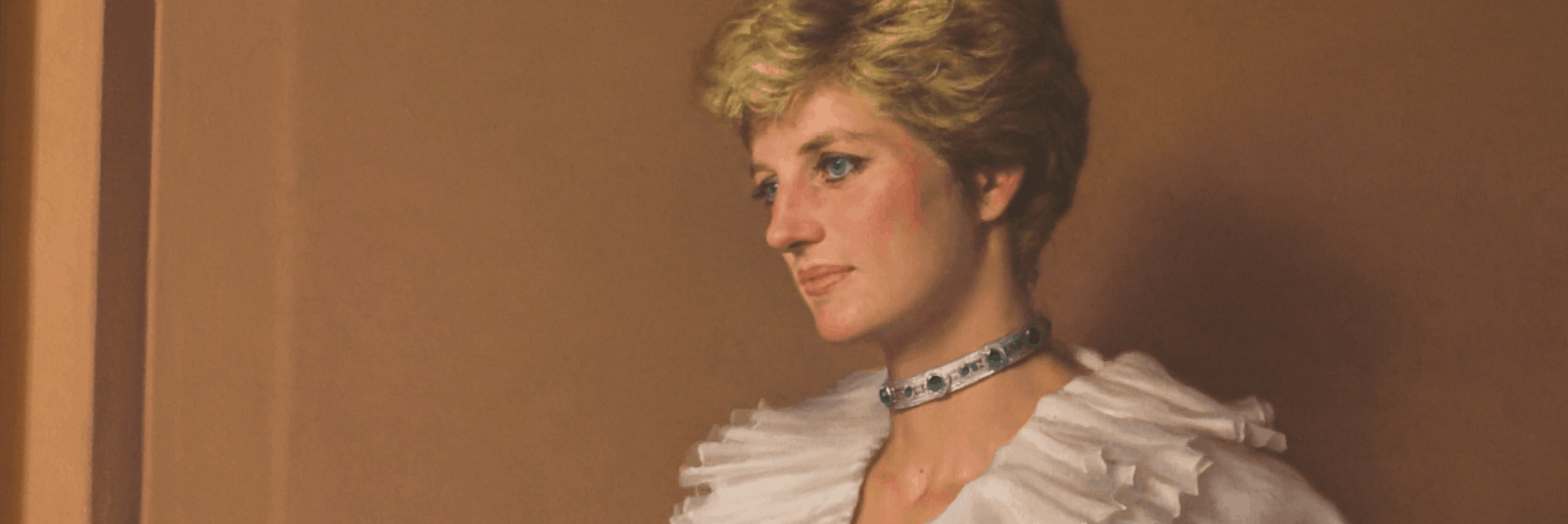
Portrait of HRH The Princess of Wales (1991), by Nelson Shanks, in the Spencer Gallery at Althorp House.
In March 1992 Charles, Viscount Althorp, became Ninth Earl Spencer. A godson of Her Majesty the Queen, he was also one of her Pages of Honour in the 1970s. Educated at Eton, he went on to read Modern History at Magdalen College, Oxford. For a decade he was a reporter for the American television network, NBC News.
Charles is a historian whose six books include three best-sellers. From his first two marriages he has four daughters – Lady Kitty, Lady Eliza, Lady Amelia and Lady Lara – and two sons, – Louis, Viscount Althorp, and the Hon. Edmund Spencer (known as ‘Ned’).
Charles married Canadian Karen Gordon (née Villeneuve) in 2011. She is founder and CEO of Whole Child International, which improves the lot of abandoned and orphaned children in the developing world. Their daughter, Lady Charlotte, was born at Althorp in July, 2012 – the first Spencer child born in the house since 1793.
